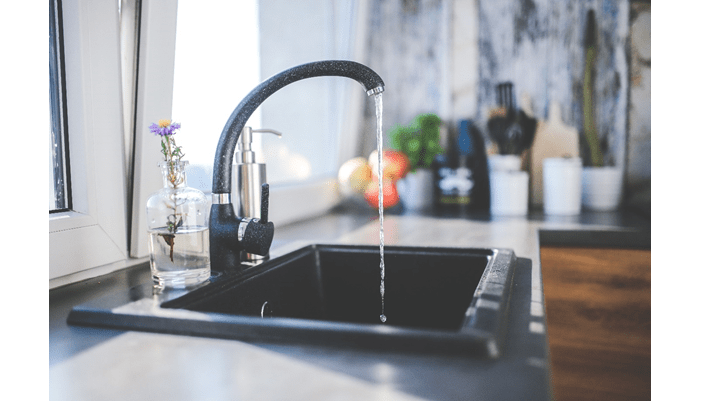Sam is the co-founder of uuptick, a stock analysis platform for investors like you. He operates the platform with his father Robert Kovacs, who shares the father and son team’s analysis on Seeking Alpha. As dividend growth investors, uuptick is being developed to solve many of the DGI community’s pain points.
What is the best way for you to reinvest your dividends?
Many dividend growth investors use Dividend Reinvestment Plans (DRIPs) to automatically reinvest the dividends in new shares. Brokers also offer synthetic DRIPs, which achieve the same effect. The differences between both are mostly technical.
But why do investors use DRIPs? Are they right for you?
And more importantly can you do better than using dividend reinvestment plans?

In this article, I will:
Mention a few key advantages and disadvantages of DRIPs
Run a 15-year portfolio simulation to see how DRIPs do
Debunk a couple dividend myths which too many people believe.
In doing so you’ll learn some more about Greek mythology, a weird Pizza store owner, as well as a mis-attributed Mike Twain quote.
Without further ado…
Dividend reinvestment plans offer investors 3 key advantages
Dividend reinvestment plans are a hands-off strategy. Once you set the DRIP you can forget about it as long as you are happy owning the company. Come back in 10 years, and you will have a load more shares if everything goes well.
DRIPs offer the possibility to purchase fractional shares. This is cool when you start with lower portfolio values because you can reinvest the totality of the dividend and not round down to the lowest number.
DRIPs also reduce biases you have as an investor. As investors, we have loads of biases. And anything we can do to help reduce their effect is good. Investing in dividend reinvestment plans removes your focus from day to day movements as you buy more shares every quarter regardless of the price.
But dividend reinvestment plans also have a 2 key disadvantages.
DRIPs make you purchase shares when they are expensive. The obvious rebuttal to the 3rd advantage. Maybe if you were making discretionary decisions you wouldn’t keep buying more of a stock which has a current yield of 1%, even if your yield on cost is much higher.
It can be hard to liquidate a position accumulated in a DRIP. In many cases you will have to contact the company, and it can be quite a bit harder and slower than unwinding a position with your broker. If you use a broker DRIP this sorts out this problem but also removes the advantage of partial shares.
I wanted to know at what cost the advantages of DRIPs boasted by the dividend growth investing community came.
So, I ran a simulation over the last 15-year period.
To do so, I compiled price and dividend data of the 10 dividend stocks which have the longest streak of consecutive dividends. I pulled these stocks from David Fish’s list. Here are the 10 securities.
American States Water Co (AWR). Dividend streak: 62 years
Dover Corp (DOV). Dividend streak: 61 years
Northwest Natural Gas Corp (NWN). Dividend streak: 61 years
Parker Hannifin Corp (PH). Dividend streak: 61 years
Genuine Parts Company (GPC). Dividend streak: 61 years
Procter & Gamble (PG). Dividend streak: 61 years
Emerson Electric co (EMR). Dividend streak: 60 years
3M Co (MMM). Dividend streak: 59 years
Vectren Corp (VVC). Dividend streak: 57 years
Cincinnati Financial Corporation (CINF). Dividend streak: 57 years










Leave A Comment